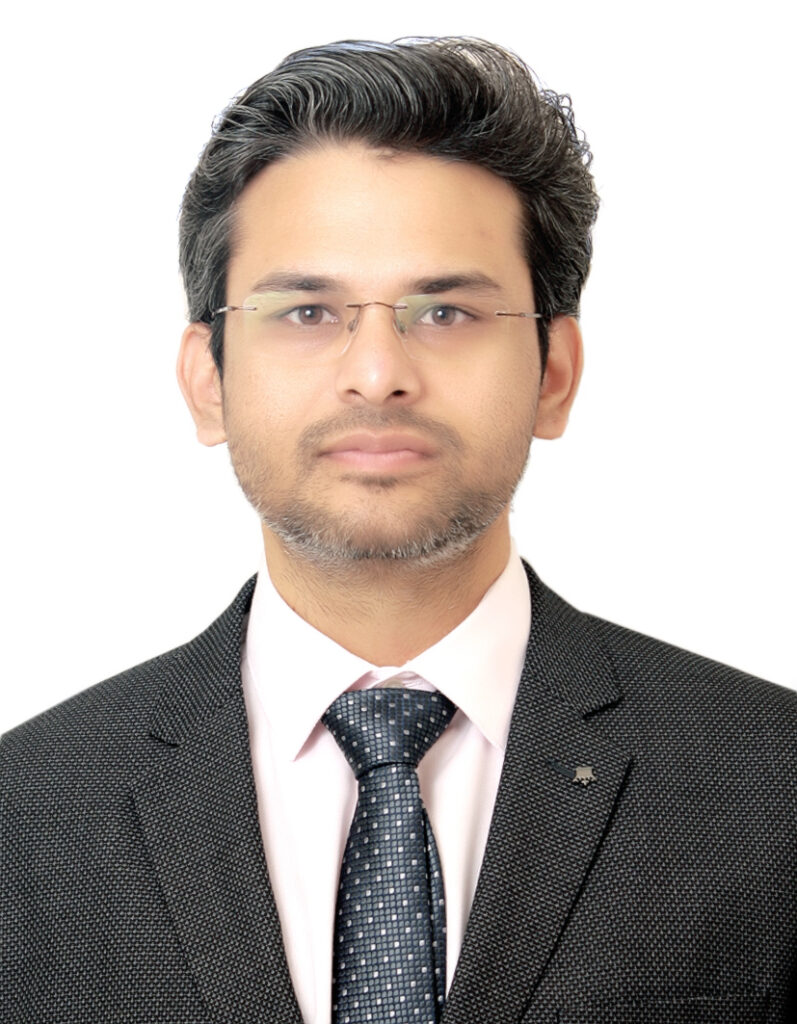Hair Transplantation
Hair Transplantation
Home > skin and hair > Hair Transplantation
Hair loss is commonly classified using the Norwood-Hamilton scale, which categorizes
various stages of baldness. At “Athera, Aesthetic you”, Dr. Ujwal Chirde recognizes the
extent of hair loss and determines the suitable treatment approaches. At initial
consultation you can expect detailed discussion about the condition, thorough
evaluation, examination of stage of baldness by DL scope and formulation of
customized combination therapy for better outcome.
Quick Links:
What are different treatment options for Hair loss management?
Medical Treatment Options
Medical Treatment Options
- Explore non-surgical interventions like minoxidil and finasteride, which aim to slow
down or reverse hair loss. Understanding the mechanisms and potential side effects
is essential for informed decision-making.
Hair Transplantation - Delve into the world of hair transplantation, a surgical solution involving the
relocation of hair follicles. This procedure is often sought after for its ability to provide
natural-looking results.
- medical conditions such as phimosis (tight foreskin), recurring infections
- religious or cultural beliefs
- personal preferences.
What are indications for Hair Transplantation?
Identify scenarios where hair transplantation is a viable option;
- male and female pattern baldness
- androgenetic alopecia
- hair loss due to trauma
- Burn Alopecia
Understanding the specific indications ensures appropriate patient selection.
What are different techniques of Hair Transplantation?
Commonly used technique for Hair Transplantation are Follicular Unit Extraction (FUE)and Follicular Unit Transplantation (FUT). Explore the pros and cons of each method,considering factors like scarring, recovery time, and overall efficacy. We at Athera,Aesthetic you, prefers FUE technique as it minimizes scarring and facilitates earlyrecovery.
FAQ's:
The criteria for an ideal candidate emphasize;
- stable donor hair
- realistic expectations
- good overall health.
potential patients are well-informed before considering the procedure.
Explore the necessary steps before the surgery, including
- medical assessments
- discussion of expectations
- the collaborative process of designing the patient's new hairline.
Thorough preoperative preparation sets the foundation for a successful
procedure.
Hair Transplantation is a typical day care procedure, from the patient's arrival to
postoperative care. Recent advancements in local anesthesia, contribute to a more
comfortable and streamlined experience.
Beyond the traditional scalp donor area, explore the possibilities of utilizing body hair as
an additional donor source. Understanding diverse donor sites broadens the scope of
hair transplantation.
- Postoperative protocol provides a comprehensive guide to postoperative care;
- Detailed instructions about caring for the transplanted area
- Topical application of antibiotic solution as advised by the doctor
- Upright position while sleeping to avoid forehead and periorbital swelling
- First hair wash to be done by on post operative day 5, preferably in clinic and
henceforth with mild shampoo as prescribed by the doctor - Antibiotic and analgesic course as advised
- avoiding strenuous activities
Proper aftercare is essential for successful outcomes. Results are usually
evident in 3 months period after surgery.
Set realistic expectations regarding the longevity of results, acknowledging thatindividual experiences may vary. With proper post procedure nutritional and medical treatment transplanted hair usually have good longevity.One must understand that non transplanted native hairs are still vulnerable and may fall. This can be circumvented by proper nutrition, supplements and combination treatments that improve the strength of native hair and hence hair density.
Explore the synergistic benefits of combining surgical interventions with medical treatments, including Platelet-Rich Plasma (PRP) therapy and Laser Hair Treatment.
Explore the importance of nutrition in promoting overall hair health. Discuss the benefits of supplements like biotin, vitamins (A, E, D), and minerals (iron, zinc) known for supporting hair growth.
Discuss the impact of lifestyle factors such as stress management, adequate sleep, and hydration on hair health. Highlight how incorporating these elements into a daily routine contributes to holistic well-being.
The regenerative properties of PRP, where platelets are extracted from the patient’s blood and injected into the scalp. Highlight its role in stimulating hair follicles and promoting overall hair health. PRP therapy can complement hair transplantation by enhancing graft survival and promoting faster healing. It has a potential to reduce postoperative inflammation and encourage natural hair growth.
The concept of low-level light therapy as a non-invasive method to stimulate hair growth. Explain how laser devices improve blood circulation and cellular activity in the scalp, contributing to healthier hair.
Explain the significance of selecting a plastic surgeon for hair transplantation, emphasizing their expertise in aesthetics, precision, and comprehensive understanding of facial harmony. Choosing the right professional is crucial for achieving optimal results.

